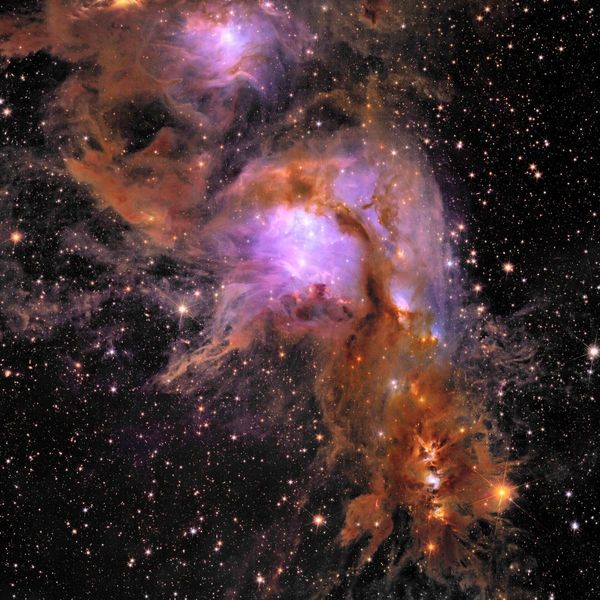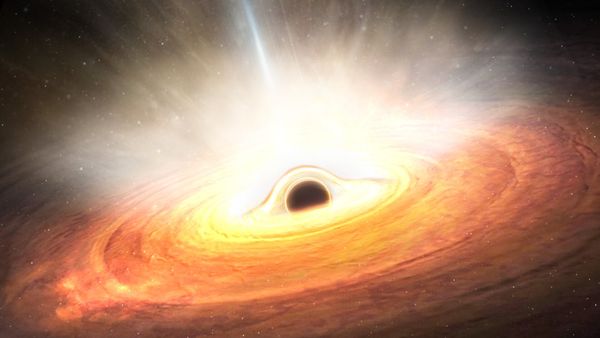
The Legacy Survey of Space and Time (LSST) Camera, the largest ever built, has completed its journey from California to the summit of Cerro Pachón, Chile, where it will be installed in the Vera C Rubin Observatory.
The LSST is a groundbreaking instrument that took two decades to build, and will now take up its residency in the observatory – which has been jointly founded by the US National Science Foundation and the US Department of Energy’s Office.
Once installed, the camera will be an integral tool in the Legacy Survey of Space and Time, beginning in late 2025, taking massive detailed images of the southern hemisphere sky for a decade.
The project is part of Rubin Observatory’s mission to solve longstanding scientific mysteries of the sky, building the most comprehensive timelapse view of our universe that anyone has ever seen.
The highly sensitive camera will be able to produce detailed images with a field of view seven times wider than the full moon, and will fuel advances and discoveries in many areas of science. The camera will potentially be able to explore the nature of dark matter and dark energy, map the Milky Way and survey the solar system.
"The arrival of the cutting-edge LSST Camera in Chile brings us a huge step closer to science that will address today's most pivotal questions in astrophysics," said Kathy Turner, DOE’s program manager for Rubin Observatory.
Safe in its custom-built container, the truck-sized LSST Camera was transported on a 747 cargo plane, then loaded onto multiple vehicles, before arriving at the summit of Cerro Pachón, where it was given a thorough inspection by the observatory team.
"Our goal was to make sure the camera not only survived, but arrived in perfect condition," said Kevin Reil, Observatory Scientist at Rubin. "Initial indications, including the data collected by the data loggers, accelerometers, and shock sensors suggest we were successful."
Read more about the construction of the LSST camera
If you're obsessed with the night sky, check out our guide to the best cameras for astrophotography. We've also put together a guide to the best lenses for astrophotography.










